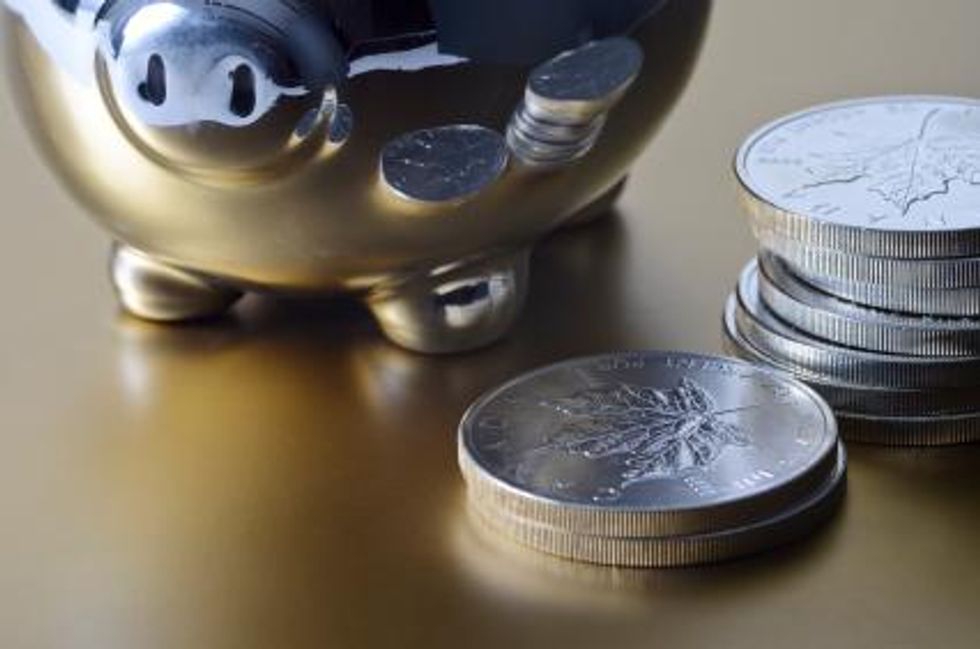Silver ETFs attracted more money than any other commodity.
Silver ETFs saw the strongest inflows of any single commodity in the first quarter of 2013, a recently released quarterly commodities report from ETF Securities reveals. Specifically, net new buying of silver products totaled $875 million as investors rotated into cyclical assets.
North Americans were the top investors in silver ETFs in Q1, spending $732 million compared to Europe’s $126 million. However, both regions clearly preferred the white metal over gold.
Nick Brooks, head of research and investment strategy at ETF Securities, explained to Silver Investing News that there was a consistent move out of gold, which saw a massive $9.2 billion in net outflows from ETFs, into more cyclical commodities. Rarely is a trend so cleanly obvious as it was in the first quarter of this year, he said.
Brooks pegged the flow out of gold largely on positive sentiment about the US economy, noting that improving data drove expectations for higher interest rates. Also, speculation that the Fed may ease off on the printing press gave the dollar a boost.
Investors reacted by cutting their positions in gold and moving into the type of assets that tend to perform in a rising growth environment, Brooks said. And silver was one of the beneficiaries of that shift.
It is not clear exactly how much of the money that came out of gold went into silver, but what is clear is that gold ETFs saw heavy liquidation as silver ETFs saw strong inflows.
Given that silver tends to benefit from many of the same drivers as gold, it may seem strange that the white metal did not also suffer from weak ETF demand.
Brooks explained the situation with the comment, “historically, silver performs very well in an environment of rising growth, certainly outperforming gold in that environment. Recently, most silver investors have been going in more for the metal’s cyclical characteristics, not for its alternative currency, store of value characteristics.”
At the moment, for silver, the industrial aspect is the attraction, he said.
Outlook for silver ETF demand
But the data reveals that sentiment toward silver had not cooled off by the end of the quarter.
“What’s interesting is that the trend [of outflows from gold, inflows into silver] was really for the first 10 weeks of the year. But in the middle of March, once the Cyprus situation blew up and we started to see inflows back into the gold ETFs, we started to see outflows from the more cyclically oriented commodities, including silver,” Brooks said.
In March, North America’s net inflows slowed to $128 million, about half of what was spent the month before. Europeans actually became net sellers in March, with $12 million in net outflows.
“Over the past couple of weeks, investors have been pulling back a bit from the bull scenario. Not that they completely pulled back. They are not selling in size. But I think they are watching how the Cyprus situation evolves and I think they are watching US data as well, because the US Institute for Supply Management data was weak, though it was still above 50,” Brooks said.
Brooks said sentiment could recover if the macroenvironment of the first 10 weeks of the year resumes. In that case, it is likely that there will be further outflows from the gold ETFs — though most of the chunky selling is likely already done — and continued buying of the more cyclical commodities, like silver, platinum and palladium.
He admitted that there is also a downside scenario for silver, which is “the muddle-through scenario.” That would involve growth tapering off without a severe shock on the sovereign or debt side, meaning that the safe-haven and alternative currency elements of silver would not kick in.
Yet, silver is also not benefiting, but rather suffering, from the perception of weaker growth, Brooks explained. “So if we start to see disappointing US data, but not a big sovereign event in Europe, I think silver will have some downside,” he said.
Securities Disclosure: I, Michelle Smith, do not hold equity interests in any companies mentioned in this article.
Related reading:




